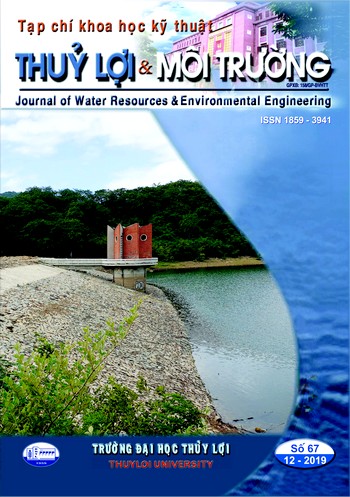Hydropower generation policy of cascade reservoirs system effects on water shortage in Be river basin, Vietnam
Abstract
There are four reservoirs in a series located on the Be River of the Dong Nai River Basin in Southern
Vietnam. The primary purpose of the three upstream reservoirs is hydropower generation; however, the
fourth one plays a vital role in water supply and irrigation. The management of the water resources
related to this river to date has been restricted mostly to hydropower. Nevertheless, the increasing water
demands for households, industry and agriculture may potentially be met by improved water
management policies. This study, therefore recommends a better strategy for hydropower generation to
increase the amount of energy that will be generated and to mitigate the water supply shortage. The
GWASIM model (Chou and Wu 2010) is applied in this paper, which is based on Network Flow
Programming, to simulate the daily hydropower generation and water resource allocation for the
system. Regulation strategies for hydropower generation of cascade reservoirs were evaluated and
compared. Strategies and scenarios of different water allocation priorities and rations were also
simulated and compared. This study provided a valuable policy to improve the performance of water
supply and hydropower generation of the cascade reservoirs of the Be River Basin. When domestic and
industrial demand has the first priority access to water, and energy generation comes second, the
shortage index of all demands was reduced and the hydropower generation was essentially the same in
both strategies. This improved strategy for operating cascade reservoirs can improve energy production
from hydropower as well as water supply for domestic demand and irrigated food production.

